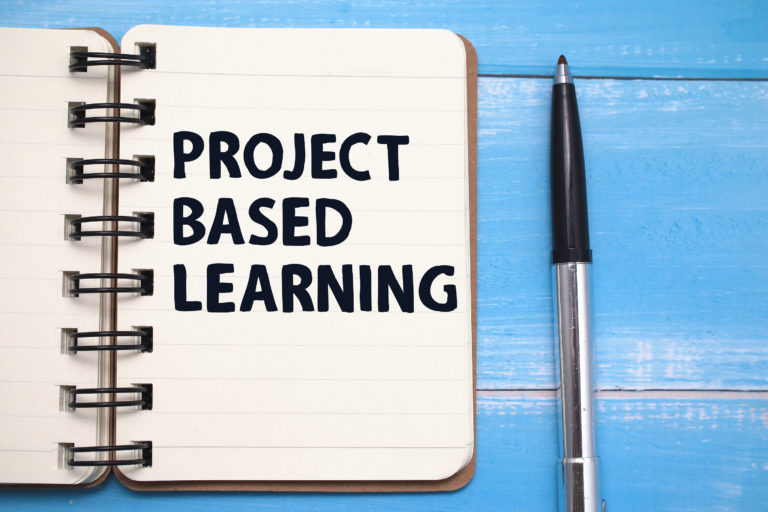For many educators, teaching remotely during the pandemic has made lessons more difficult, since it’s harder for students to interact in class. One method that’s making virtual education easier and fun is project-based learning, an inquiry-based teaching style where students solve problems using real-world scenarios and data. What’s more, project-based learning has been proven to increase students’ learning.
This style of teaching has historically been left out of math lessons, where teaching procedural skills tends to be the norm. However, there are ways to effectively apply PBL in the math classroom, according to Education Week contributor Larry Ferlazzo.
When implementing PBL for math, here’s what to consider:
What’s close to home? Ask your students to spot problems they can solve with math nearby, such as reducing energy costs, food waste, designing better playgrounds, and making streets safer for pedestrians. Solving these types of problems can all require math skills.
What’s in the media? Ask your students to use math to solve a current event problem they’re interested in. For example, can they use public health data to boost COVID-19 vaccinations among disadvantaged groups where they live? How can their local politicians use their budgets to improve education for students? Who are the audiences that are most likely to care about these topics and how can students use math to make persuasive presentations?
Who can your students collaborate with? Ask non-math teachers if their classes are working on projects that can be combined with yours. Your students can serve as “math consultants” who can design charts, surveys, graphs, mathematical predictions, and more that will make these projects more compelling.
“Finally, don’t overlook the importance of reflection in project-based learning,” Ferlazzo states in Education Week. “Encourage your students to think about how math projects challenge them to persevere, think creatively, and build on their peers’ ideas to reach better solutions.”Explore IEEE TryEngineering’s curated free resources available to support teachers and parents.



